Intended Use
M-Endo Agar LES (DM481) is recommended for enumeration of coli forms in water using a two step MF technique.
Product Summary and Explanation
Bacteria can be removed from fluids by passing them through filters with very small pore size so that bacteria are arrested on the filters. This filtration technique enables fairly large volumes of water to pass rapidly under pressure, but prevents the passage of any bacteria present. The surface of the membrane retains these nutrients which are then brought into contact with suitable liquid nutrients. These diffuse upwards through the pores thereby inducing the organisms to grow as surface colonies which can be counted.(1)
Endo Medium was first developed by Endo to differentiate between lactose-fermenters and non-fermenters.(2) This medium employed sodium sulphite and basic fuchsin instead of bile salts to achieve inhibition of gram-positive bacteria.(2) M-Endo Agar, LES is a modification of the original medium and is formulated as per McCarthy, Delaney and Grasso of Lawrence Experimental Station (LES)(3) for testing water for coliform bacteria by a two-step membrane filter procedure using Lauryl Tryptose Broth as a preliminary enrichment. The American Public Health Association specifies using m Endo Agar LES in the standard total coliform membrane filtration procedure for testing drinking water and bottled water.(4,5) It is also specified for use in the completed phase of the standard total coliform fermentation technique.
Principles of the Procedure
M-Endo Agar LES contains casein enzymic hydrolysate, tryptone and peptic digest of animal tissue which provides essential nutrients especially nitrogenous for the coliforms. Yeast extract supplies B-complex vitamins, which stimulate bacterial growth. Lactose is the fermentable carbohydrate. Sodium sulphite, sodium deoxycholate and basic fuchsin inhibit the growth of gram-positive organisms. Phosphates buffer the medium. Sodium chloride maintains the osmotic balance of the medium. Lactose-fermenting bacteria produce acetaldehyde that reacts with the sodium sulfite and fuchsin to form red colonies. The development of a metallic sheen occurs when the organism produces aldehydes with the rapid fermentation of lactose. If the inoculum is too heavy, the sheen will be suppressed. Lactose-nonfermenting bacteria form clear, colorless colonies.
Formula / Liter
| Ingredients | : Gms / Liter |
| Casein enzymic hydrolysate | : 3.70 |
| Peptic digest of animal tissue | : 3.70 |
| Tryptose | : 7.50 |
| Yeast extract | : 1.20 |
| Lactose | : 9.40 |
| Dipotassium phosphate | : 3.30 |
| Monopotassium phosphate | : 1.00 |
| Sodium chloride | : 3.70 |
| Sodium deoxycholate | : 0.10 |
| Sodium lauryl sulphate | : 0.05 |
| Sodium sulphite | : 1.60 |
| Basic fuchsin | : 0.80 |
| Agar | : 15.00 |
| Final pH: 7.2 ± 0.2 at 25°C | |
| Formula may be adjusted and/or supplemented as required to meet performance specifications | |
Precautions
1. For Laboratory Use only.
2. IRRITANT. Irritating to eyes, respiratory system, and skin.
3. Basic fuchsin is a potential carcinogen and care must be taken to avoid inhalation and contamination of the skin.
Directions
1. Suspend 51.05 grams in 980 ml distilled water.
2. Heat to boiling to dissolve the medium completely.
3. DO NOT AUTOCLAVE.
4. Cool to 45°C and aseptically add 20 ml of 95% ethanol.
5. Mix and dispense 4 ml amounts into 60 mm Petri plates.
6. In large plates, use sufficient medium to give a 1.5 mm depth.
7. DO NOT EXPOSE PLATES TO DIRECT SUNLIGHT.
Quality Control Specifications
| Dehydrated Appearance | : Light pink to purple homogeneous free flowing powder |
| Prepared Medium | : Red coloured slightly opalescent gel forms in Petri plates |
| Reaction of 5.1% Solution | : pH: 7.2 ± 0.2 at 25°C |
| Gel Strength | : Firm, comparable with 1.5% Agar gel |
Expected Cultural Response: Cultural characteristics observed after an incubation at 35-37°C for 20 – 24 hours.
| Sr. No. |
Organisms | Results to be achieved | ||
| Inoculum(CFU) | Growth | Colour of colony (on membrane filter) |
||
| 1. | Escherichia coli ATCC 25922 | 50-100 | good-luxuriant | pink with metallic sheen |
| 2. | Enterobacter aerogenes ATCC 13048 | 50-100 | good-luxuriant | pink to red (may have sheen) |
| 3. | Salmonella typhi ATCC 6539 | 50-100 | good-luxuriant | colourless to very light pink |
| 4. | Staphylococcus aureus ATCC 25923 | >103 | inhibited | — |
| 5. | Klebsiella pneumoniae ATCC 13883 | 50-100 | good-luxuriant | pink to red |
| 6. | Salmonella typhimurium ATCC 14028 | 50-100 | good-luxuriant | colourless to very light pink |
The organisms listed are the minimum that should be used for quality control testing.
Test Procedure
1. In the first step of enrichment, cotton absorbent pad is impregnated with Lauryl Sulphate Broth (DM347).
2. Membrane filter through which water sample is passed is aseptically placed on it and incubated without inverting for 2 hours at 35°C in a humid atmosphere.
3. After incubation, the membrane filter is aseptically transferred to the M-Endo Agar LES plate and incubated at 35°C for 24 hours.
4. Alternatively membrane filter pad can be placed inside the lid of Petri plate of M-Endo Agar LES and then impregnated with 2 ml Lauryl Sulphate Broth (DM347) and incubated for 1 – 1(1/2) hours at 35°C.
5. In the second step, the prepared membrane filter is kept directly on the agar surface and incubated as described above.
Results
1. Presumptive coliforms produce pink colonies with green metallic sheen within 24 hours of incubation.
2. Coliform density calculation : Note the coliform density in terms of total coliforms/100 ml. Extrapolate the count using membrane filters with 20-80 coliform colonies but not more than 200 of all types per membrane.
3. The formula for calculating the count is as follows:
Total coliform colonies/100 ml = coliform colonies /ml of sample filtered x 100
Storage
Store the sealed bottle containing the dehydrated medium at 10 – 30°C. Once opened and recapped, place container in a low humidity environment at the same storage temperature. Protect from moisture and light.
Expiration
Refer to the expiration date stamped on the container. The dehydrated medium should be discarded if not free flowing, or if the appearance has changed from the original color. Expiry applies to medium in its intact container when stored as directed.
Limitations of the Procedure
1. Occasionally, non-coliform organisms may produce typical sheen colonies. Coliform organisms may also occasionally produce atypical colonies (dark red or nucleated colonies without sheen). It is advisable to verify both colony types.
2. For identification, organisms must be in pure culture. Morphological, biochemical and/or serological tests should be performed for final identification.
3. Consult appropriate texts for detailed information and recommended procedures.








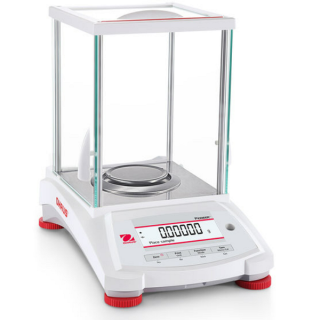
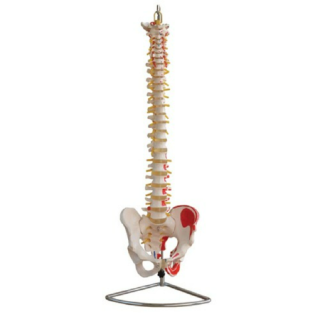
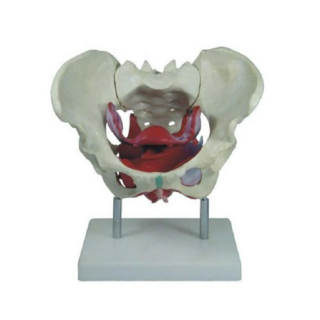
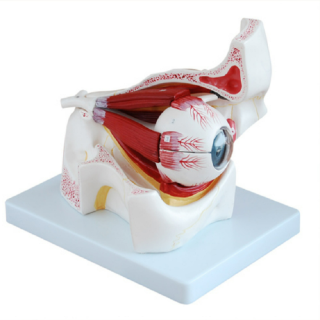
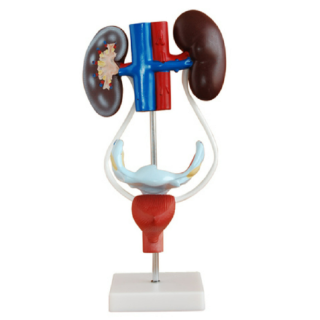
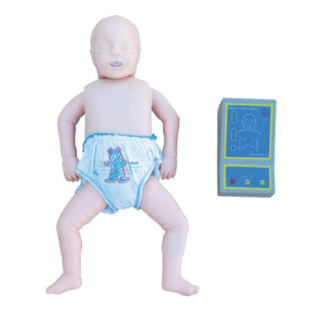
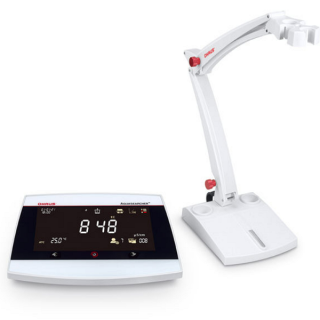
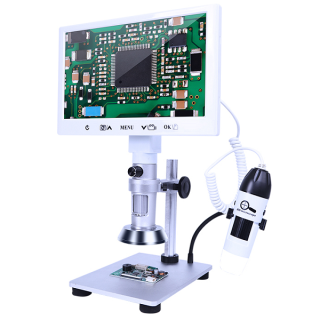
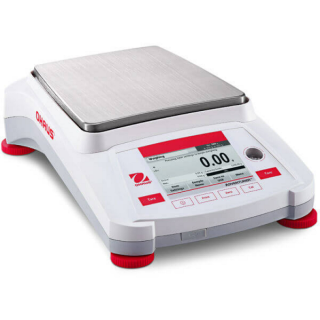
Reviews
There are no reviews yet.